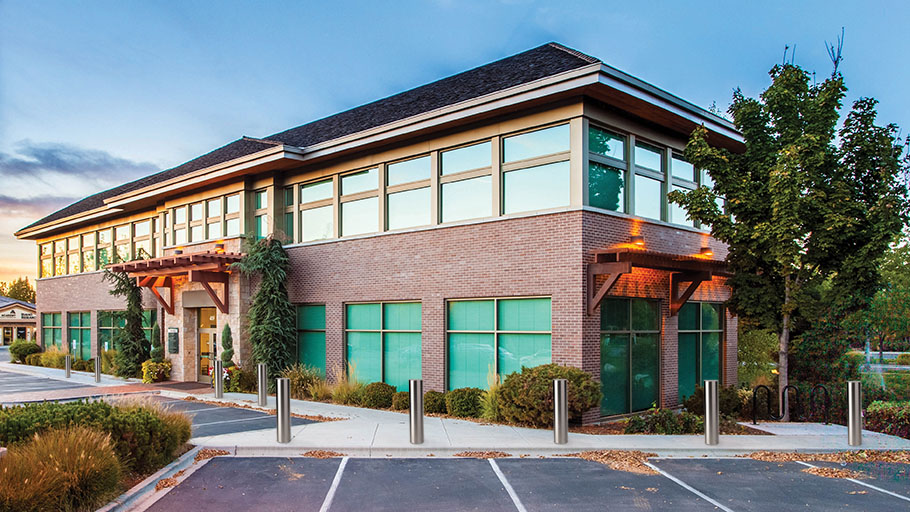How to merge security with aesthetics
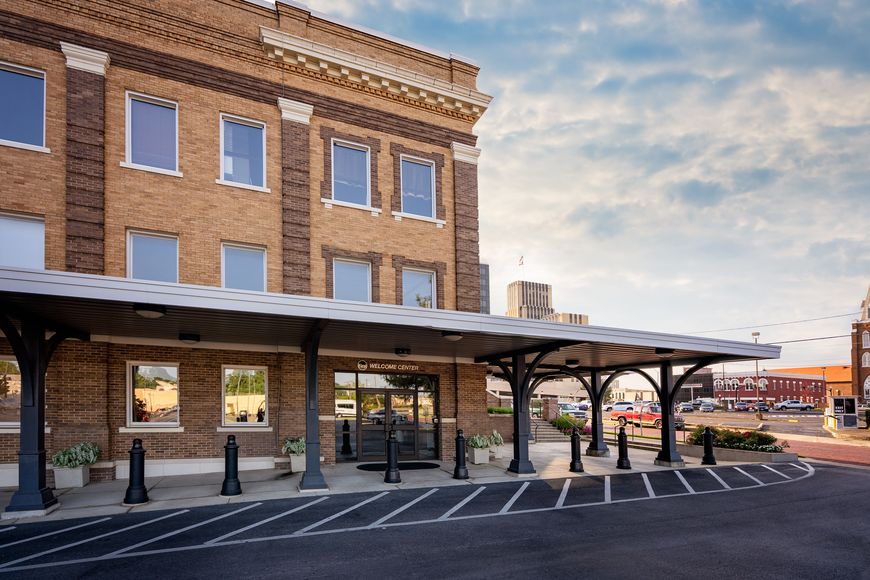
Have you ever seen stories of drivers losing control of their vehicles and driving into storefronts, homes, or even high-traffic public spaces like parks? Without attractive security perimeters to block vehicles from careening out of control, these accidents can damage buildings, infrastructure, and cause human injury or death. Smash-and-grab robbery and other forms of direct attack can also be a risk at some locations.
Thankfully, you don’t need to sacrifice aesthetics for protection in these situations. An ugly solid iron wall between the road and your building is not the only option. A fence creates the feeling of living in a bunker and can drag complexity and interest out of the landscape. Similarly, solid lines of bollards or planters that provide very little visual variance can make residents complain about the sacrifice of streetscape for security.
By using a variety of protective strategies, you can create a dynamic perimeter that does not bore the eye. Using a mix of security furnishings and approaches can offer places to sit and chat, lighting, artistic flourishes, or greenery, as well as offering functions like variable access or safe pedestrian pass through. There are many attractive security perimeter options that not only look great but work well too.
What are security perimeters?
Security perimeters prevent unauthorized access (ie: people or vehicles) to a property. Best practices in security perimeter design includes 2 things:
- a perimeter barrier (which prevents access to the site)
- at least one access control point (where vehicles and pedestrians can be screened, if necessary, and pass through.)
Security perimeters will either be passive (fixed in place) or active (can be removed to allow access when needed).
- Passive barriers include walls, beams, and ha-ha barriers, engineered planters, fixed bollards or heavy objects, water features, and fences.
- Active barriers include rotating-edge systems, rising-wedge barricades, retractable bollards, crash beams, crash gates, and surface mounted wedges and plates.
When you install attractive security perimeters, you can match your building or community aesthetics, while managing unauthorized access to a public or private property. This helps to create a more uniform, seamless transition from the street.
Other, more functional features of well-designed security perimeters include:
- Allowing for natural pedestrian flow and access
- Not unnecessarily blocking or impeding vehicular traffic in the area
- Providing emergency evacuation access
- Providing access for emergency vehicles
Here are some options for practical and attractive security perimeters:
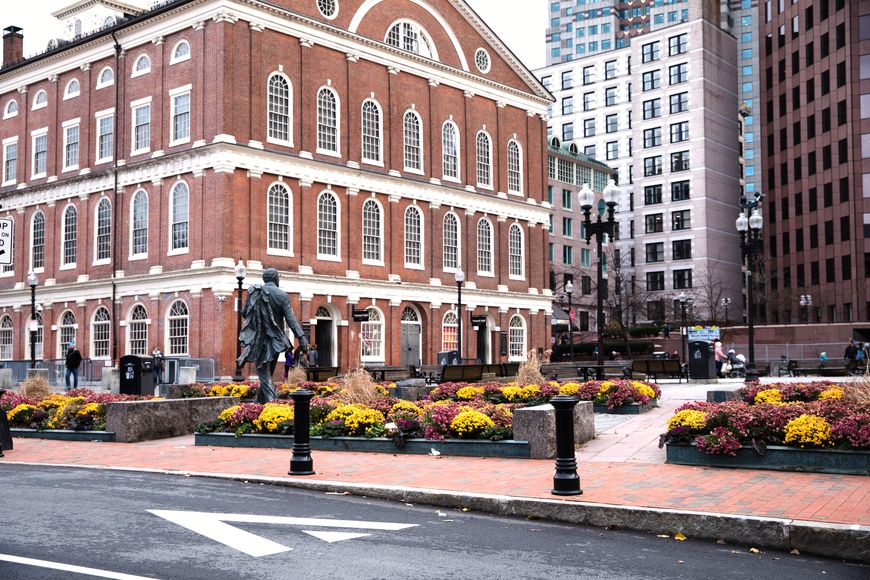
Bollards
We’re the bollard people, with an eye on the incredible range of function and form available in this niche. Bollards are a popular choice for commercial buildings, government sites, parks, and storefronts because they protect without impeding pedestrian flow. This is especially important for risk management in the case many people need to exit a building at once. Unlike fences or jersey barriers, bollards allow a permeable perimeter in the case of fire or other on-site risk.
To use bollards as attractive security perimeters, and prevent them from becoming an eye sore, break up long rows of bollards with other security items like trees, planters, benches, or retaining walls. We usually recommend breaking up long lines of bollards if they exceed 100 continuous feet in length.
In some cases, bollards can be removed to allow passage for vehicles. This is a popular choice in parks where you want to discourage visitors from driving on an access road but need to allow park maintenance vehicles to pass. They are also a great choice for blocking the entrances to buildings and parking garages when they’re closed (retractable bollards are common for these uses). Crash-rated removable bollards are available for places that may need access but also need to prevent attack at all points.
Where you need a more permanent solution, a fixed bollard can be installed in security or crash-rated impact resistances. These are secured in place and deeply set in concrete (typically 48 inches deep or more). They are designed to stop a vehicle and its cargo quickly, without allowing subsequent vehicles to pass through.
When choosing a bollard to be used as a functional and attractive security perimeter, you can choose from a variety of materials including ductile iron, steel, aluminum, and plastic. Often these can be customized or finished to match the aesthetic in your community or nearby buildings. Corrosion protection is offered through choice of material, like passivated stainless steel, or can be offered with a final finish like powder-coating or IronArmor. Removable fittings can be made of stainless steel or galvanized to provide protection against corrosion where a coating is inappropriate.
You can increase site safety for pedestrians and drivers by using lighted bollards. These create a calmer, more community-park ambiance. They can act as path or perimeter lighting too.
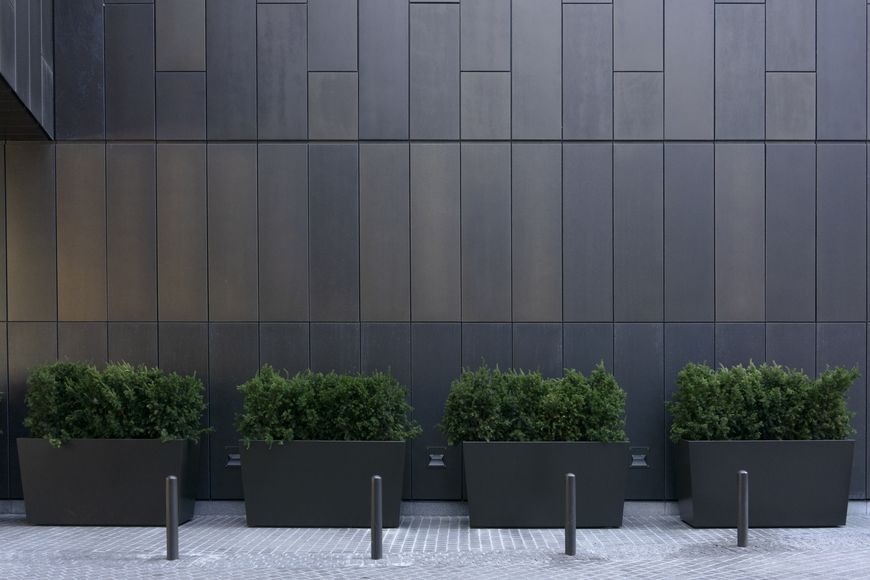
Security Planters
Planters with bushes or small plants make for very great security perimeters and rely on friction to stop slow moving vehicles. High-speed impacts could cause the planter to shift or explode, so if this is a concern in your installation, you can reinforce the planter by reinforcing with below-grade depth and additional crash-rated bollards concealed in the planters. Place them parallel to the curb or primary flow of pedestrian traffic for greatest effectiveness.
It helps add more green space to big cities too. Incorporate planters into concrete retaining walls helps soften the look of the concrete. For aesthetic reasons, maintain live landscaping in planters and are placed in an area where they get adequate sunlight, water, and irrigation.
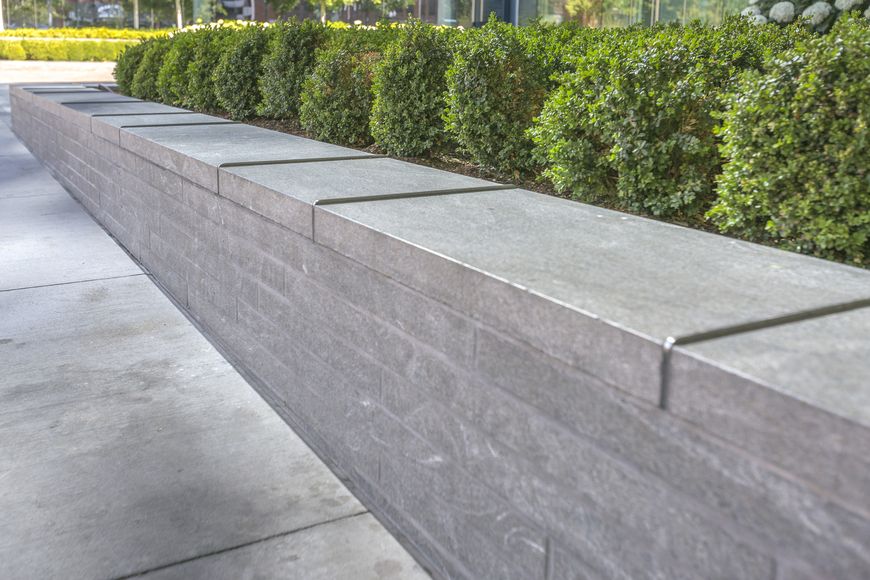
Reinforced wall barriers
Walls can provide various levels of security depending on how tall, wide, and thick the wall is. If your building is at high risk of a bomb or terrorist attack, reinforced walls may not stand up to impact by an explosion and can cause fragments to turn into projectiles. If you’re using a wall merely to prevent day-to-day vehicular traffic, it’s a great option.
Wall barriers are often, by themselves, unattractive. You can turn these into more attractive security barriers by carving artwork or a logo on the front. Try commissioning a professional painter to create a mural. Use the wall like an extension of your building and brand.
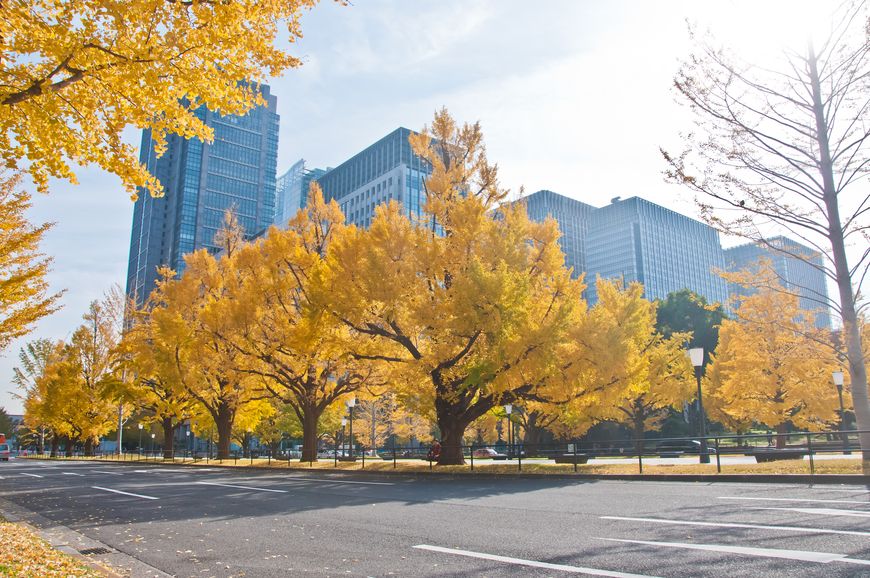
Trees
Mature trees can provide attractive security perimeters for your property. Make the base of the roots as deep as possible so it can better withstand impact from vehicles. Trees can be placed in a line, or in groups for added protection.
Keep in mind that using young trees as security perimeters may not provide a strong security perimeter until they are more mature and the roots have established themselves. Like planters, make sure the tree is healthy with adequate access to sunlight, water and irrigation. (Check out our posts on advantages of street trees and whether to place them in pits or under grates.)
Sculptures and large objects
Public art installations or sculptures can create an Instagram-worthy photospot, and provide protection for your property too. It’s not uncommon to see low retaining walls with added sculptural elements and planters added to them to increase their visual appeal.
Often, large boulders and rocks can provide an effective and attractive security barrier and add some visual appeal to the area. When used in conjunction with more traditional or custom bollards they provide additional security.
Water features
There’s a reason big European castles were built with moats. Water makes an attractive and functional security perimeters to deter people from trying to pass through. Today, natural features like ponds and rivers provide a similar level of deterrent. Adding a man-made fountain or other water feature between the road and your building or property not only protects it, but provides a serene place for people to peacefully gather or eat their lunch.
Benches
Hardened street benches and furniture provide a place for people to rest their weary feet, while the structure acts as a security barrier. Benches can be standalone or be included next to other types of attractive security barriers like bollards, planters, trees, and decorative fencing. They can even be custom designed to be part of planters and other features. Bollards can also be added to the bench design to increase their impact resistance.
Tiger Traps
If you have a significant amount of space available, a tiger trap may be an attractive and non-obtrusive security perimeter option. In this installation, a sub-grade collapsible material is installed below ground level. It can withstand foot traffic, but will collapse under the weight from a vehicle, trapping it against a low bench or underground foundation wall.
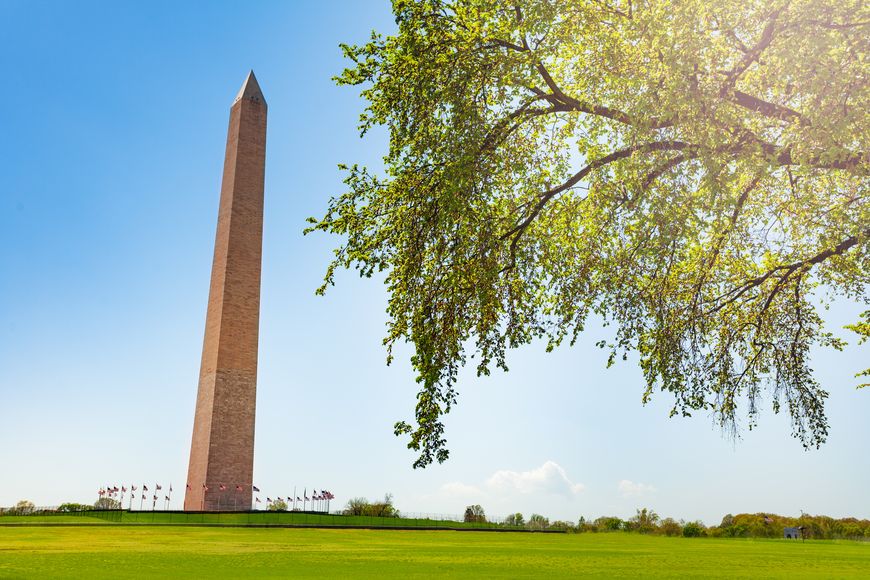
Ha-ha’s
Perhaps the most attractive security perimeters you can get are ones that you can’t see! An “ha-ha” is perimeter barrier that originated in the 17th Century by cattle farmers who wanted to prevent their cattle from wandering up to their mansions. They didn’t want an unsightly fence blocking their views of their property from the house. Today, it’s used around the Washington Monument and many other historical sites around the world.
An ha-ha is like a wall built into the landscape. They provide an effective barrier that doesn’t obstruct the view from the place it’s protecting when carefully placed and designed.
How will you secure your building or property?
We’ve only scratched the surface of all the possible ways to incorporate attractive security perimeters into the design of your property. No matter which you choose, you have many options and they can be customized to suit your community aesthetic or to match a nearby building design.












